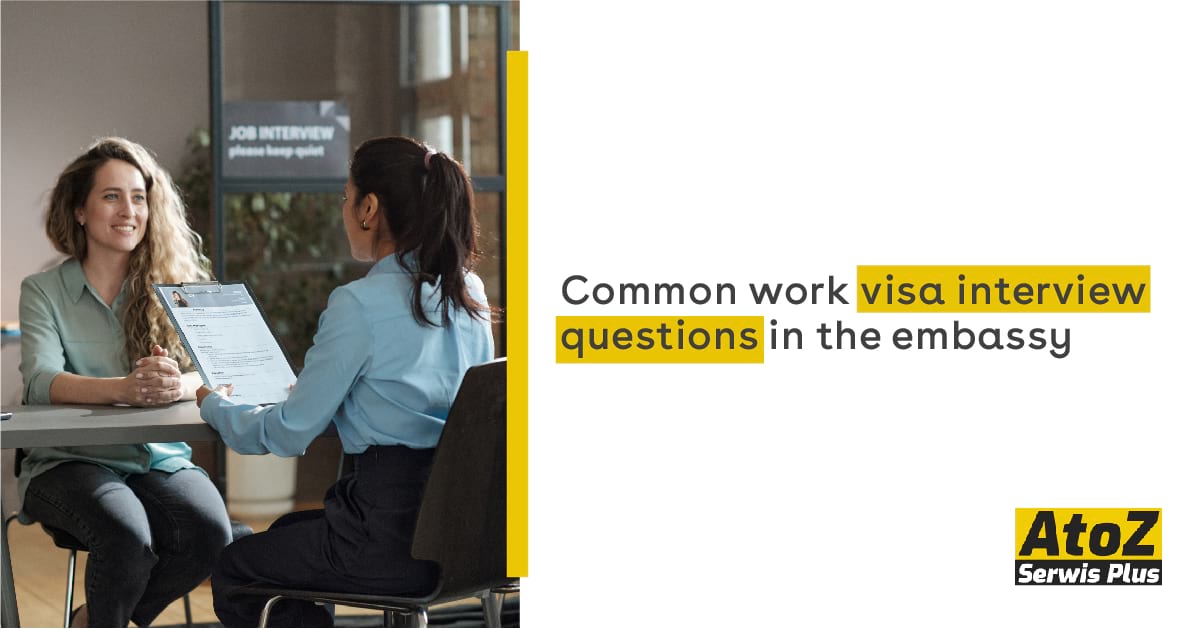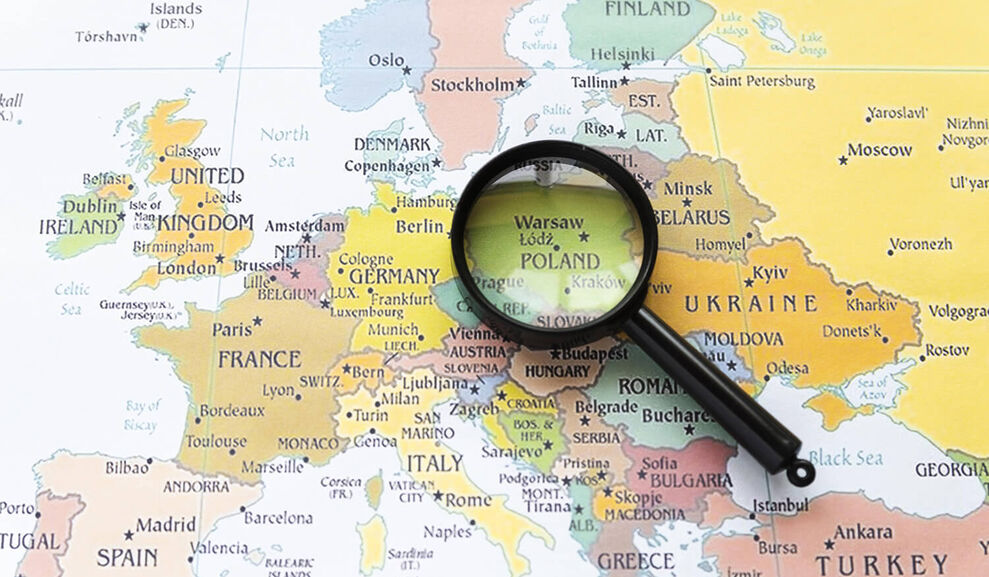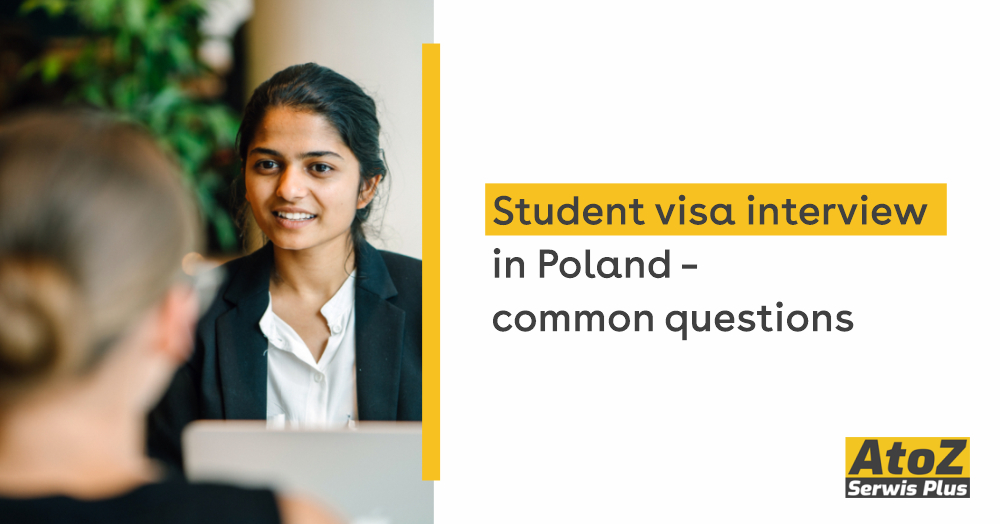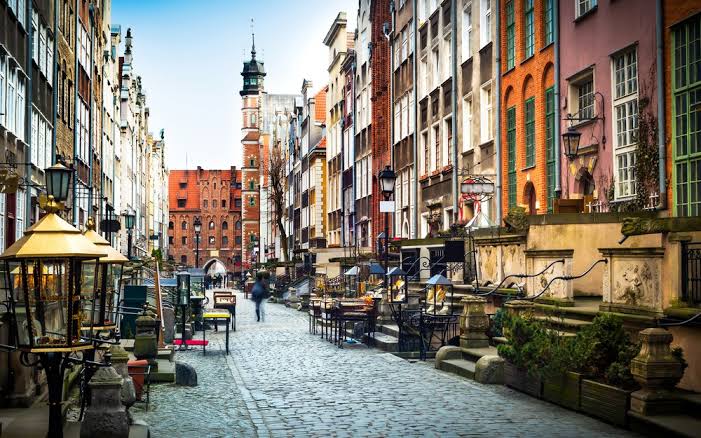

Residence card in Poland
Getting a residence card is another way of legalising your stay in Poland. Apart from a visa, it is one of the most common documents held by foreigners. Read our general introduction to the subject of residence cards.
What is it?
Some foreigners may confuse a residence card with a visa. Both documents allow them to legally stay in Poland, however, there are very significant differences. As you have already learnt, visas are issued by Polish consulate offices abroad, whereas a residence card is obtained through a relevant Voivodship Office in Poland (a list of all 16 offices can be found here). The former are more occasional in nature – you obtain a visa in order to visit Poland with a particular purpose in mind. When you apply for a residence card, it usually involves some long-term plans and therefore the document allows you to stay in Poland for even up to 3 years and cross the Polish border multiple times without the necessity of having a visa. It is common practice for foreigners to apply for a residence card towards the end of validity of their visa (at least 30 days before its expiration date).
Who can I apply and how to do it?
Getting a residence card means being granted a residence permit in Poland, usually a temporary or a permanent one, which are two most common scenarios for obtaining a residence card. However, it is also issued to people who become long-term EU residents, refugees and victims of human trafficking.
All applicants are obliged to fill in specific forms, based on the reasons for their application. For instance, if a person is applying for a temporary residence permit, their forms will match this form of stay. The documents are then delivered to a Voivodship Office and the process of issuing your card may take from 1 to even 2 months.
Is it free?
In most cases, no. There is a fee for applying for a residence card, as well as for issuing it - the earlier amounts to PLN 340, the latter to PLN 50. However, the fee is not paid by refugees or people applying for a card because of humanitarian reasons, as well as in other exceptional cases.
What do I get?
If all documents are filed properly, you obtain a single card resembling an ID or a driving licence. It contains your and your parents’ names, place and date of birth, sex, height and eye colour, registered address in Poland, nationality, PESEL number (if applicable), your fingerprints, issue and expiration date and the issuing authority. A residence card features the photograph of its holder and, most importantly, information about the type of permit which was granted along with the card. There is also space for additional information.
I lost my residence card, what to do?
Since your card is a very important document, you should report it and reapply as soon as possible, but no later than within 14 days of the incident. In this case, when the office deems you responsible for destroying or losing your card, the fee for getting a new one will be increased to PLN 100. If the situation repeats itself, the fee is increased even further, to PLN 150. It is better to take good care of your residence card, as it not only saves you money, but allows you to avoid extra formalities.
Hopefully you are now able to see all the benefits that come from having a residence card and understand circumstances which give you grounds for applying for it. Come back for more information about temporary and permanent residence permits next time.





